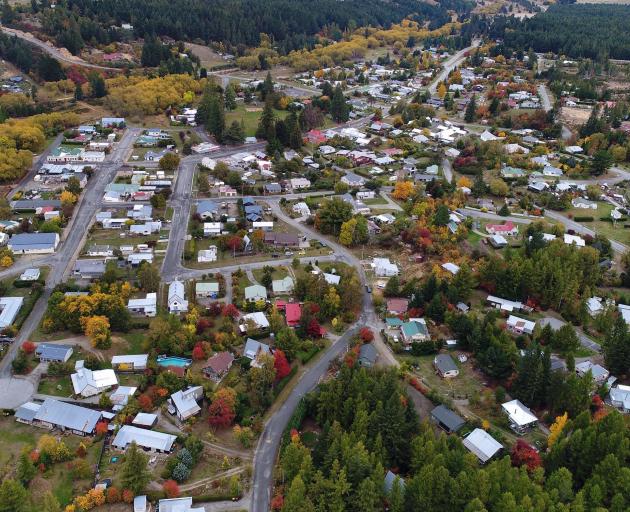
Locals are hopeful their application will make the agenda of the May meeting of the accreditation body, and are crossing their fingers they will have some good news to report as people turn their heads to the skies for Matariki celebrations in June.
Naseby resident Jill Wolff, one of those working on the application, said it was years in the making and to get it across the line in time for the Māori New Year "would be really nice".
"We started back in 2016 ... It’s been a long journey."
The team were focused on getting the accreditation right the first time, so were reviewing their application carefully, she said.
If successful, the accreditation will be the first of its type in New Zealand — while the starry night skies of other areas including the Mackenzie Basin, Glenorchy, Gibbston and Stewart Island may have been recognised by the international body, none have acquired the "community" status.
"These other ones are either reserves or sanctuaries, so they’re based on a large area of pure darkness where there’s little artificial lighting."
"They don’t have to have the level of policies and rules in place that you do for a community."
In June, the Central Otago District Council adopted a change to its district plan introducing dark sky precincts, the first of which covers Naseby.
The policy shift was "huge" for them, Ms Wolff said.
The plan change protects the quality of Naseby’s night skies by introducing rules around what lights can be switched on at night and allows for monitoring to ensure compliance with those rules.
Ms Wolff said having the community on board with the application was vital to its success.
In recent weeks, Naseby residents took part in a series of community events to celebrate — and educate on — the night sky.
During the afternoon, local astronomer Paul Bishop had telescopes set up looking at the sun.
"For many it was the first time being able to see the sun at close range," Ms Wolff said.
"There are places in the world where they have no idea of what a star looks like, and it’s important we don’t take it for granted," Ms Wolff said.
"We’ve got to keep reminding ourselves that we’re lucky we’ve got it, but we don’t necessarily keep it if we don’t look after it."












